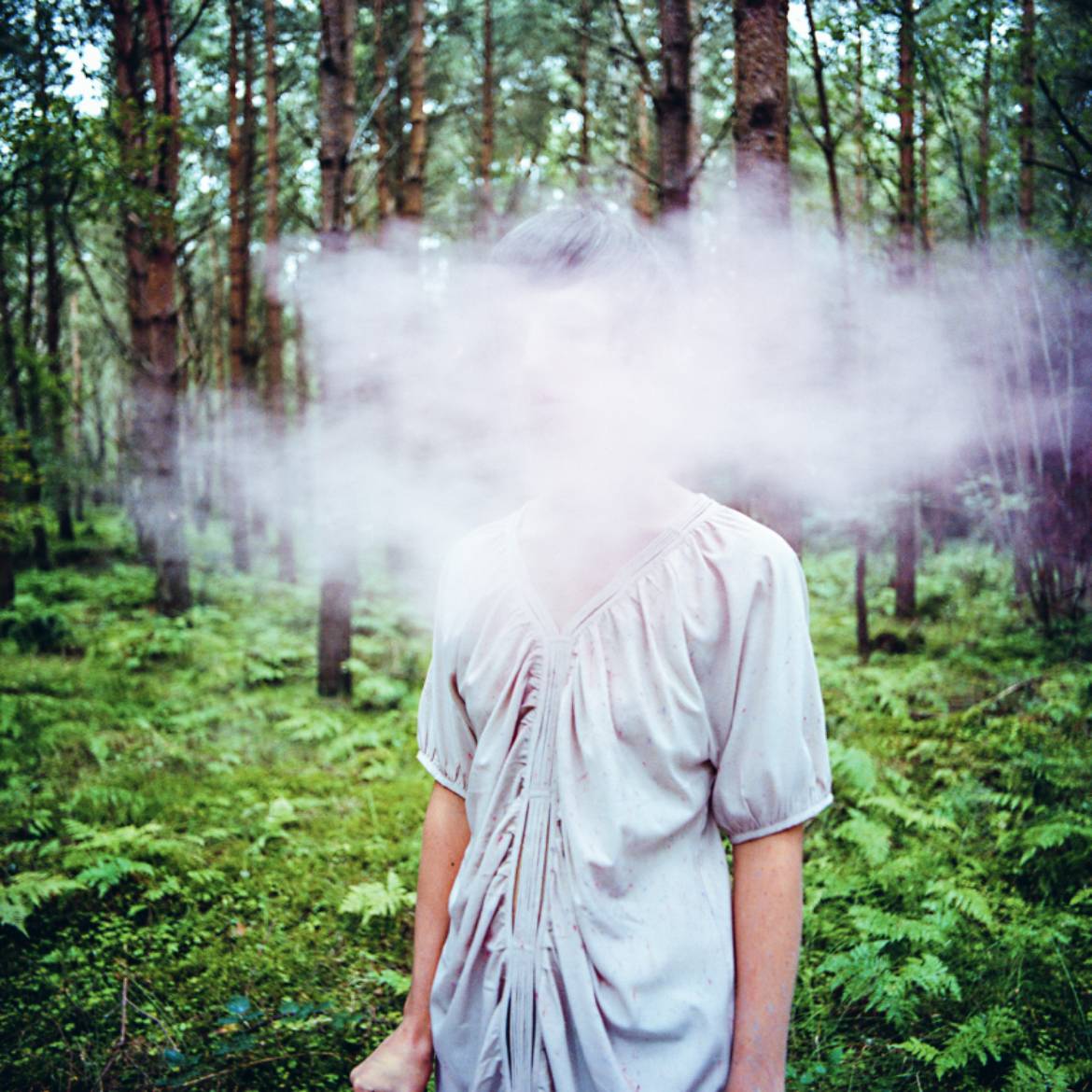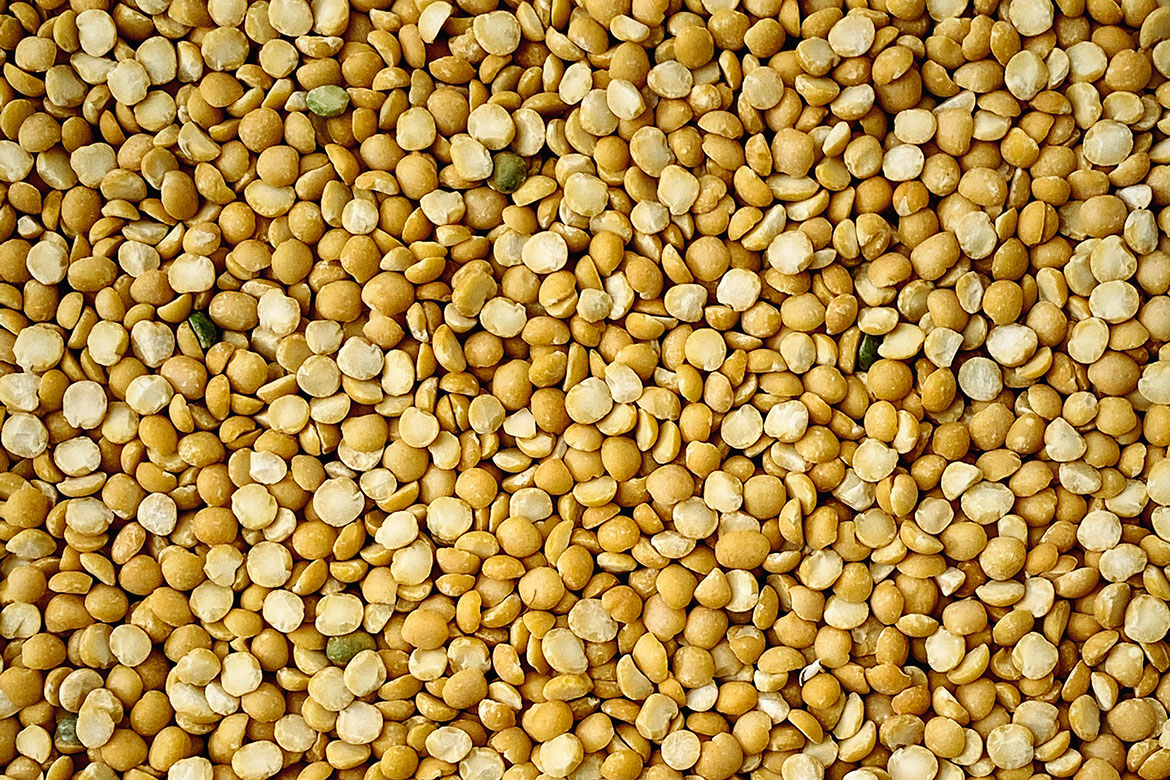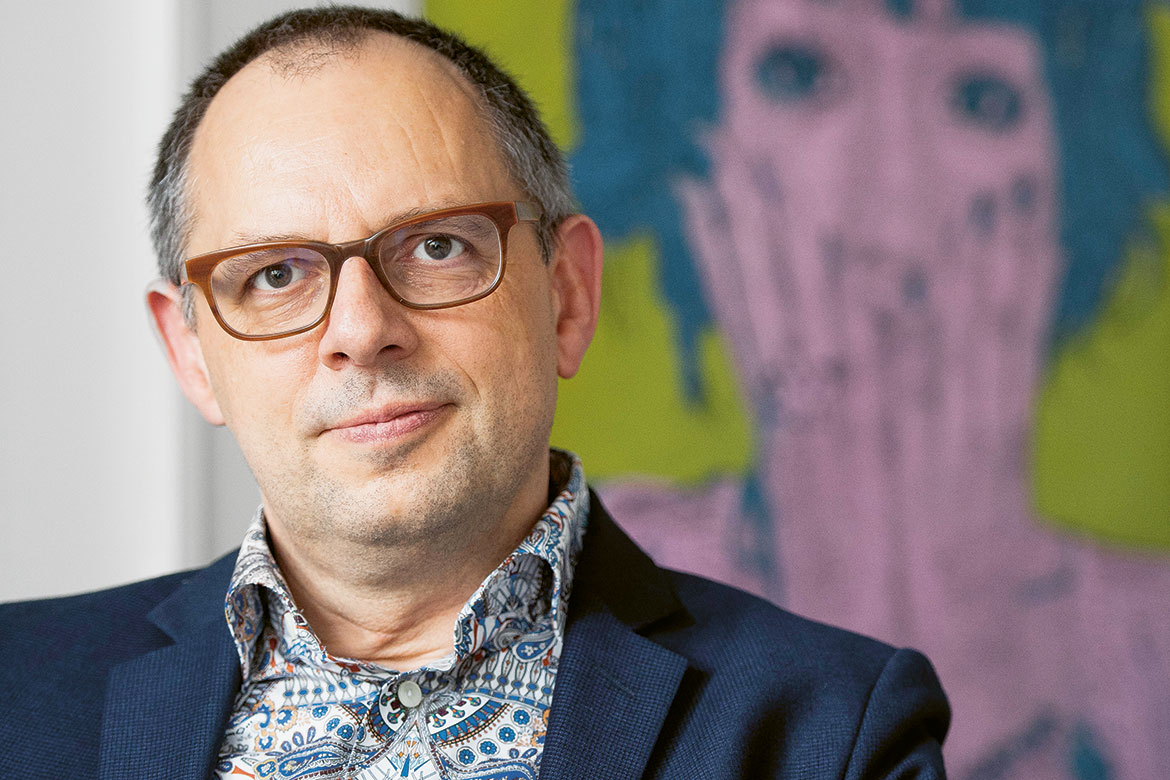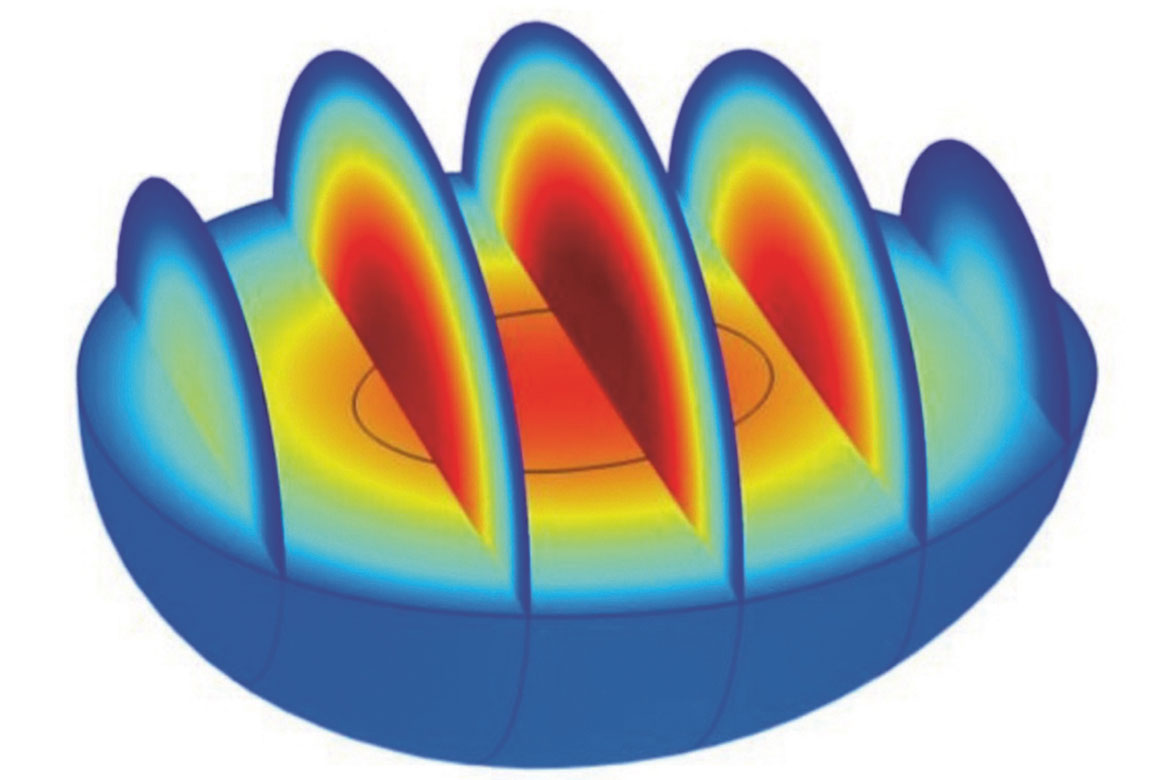In the picture
Vitamin C in disguise
Vitamin-C crystals simply look cool under polarised light, says doctoral student David Kubon. We think so too. It’s an image that emerged by pure chance.
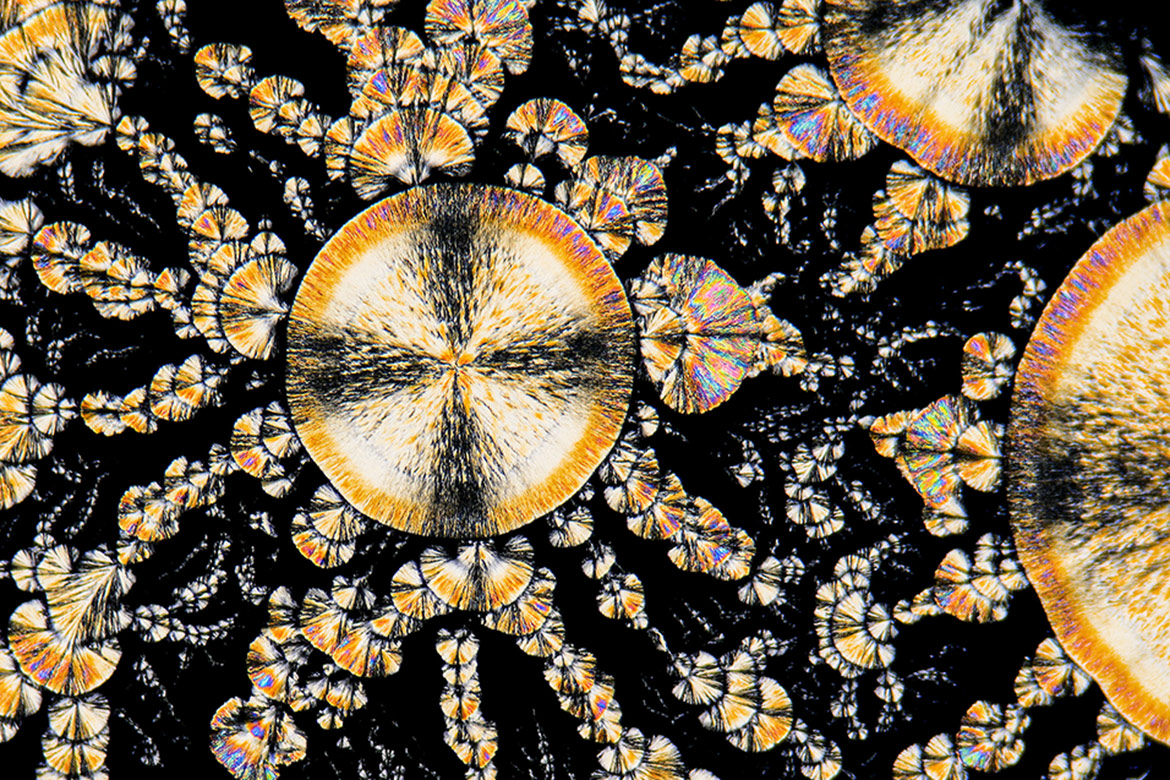
This image looks like a work of psychedelic art from a 1970s studio – but in fact it’s from a researcher’s hobby lab. | Image: David Kubon
You feel like you should be able to take a cocktail fork, stick it into the dried slice of orange we see here, and nibble on it. Or perhaps leave its beauty intact and save it for when you next make mulled wine. But what seems to shine so appetisingly, veritably begging to be submerged in something alcoholic, is actually vitamin C in crystal form. It’s a work of art created by David Kubon from the residue of his research. He’s a molecular biologist currently doing his doctorate at the University of Zurich who’s been analysing unicellular ciliates – paramecia – under a fluorescence microscope. This process, however, also produces cell-damaging substances. “We can mitigate this by adding so-called radical scavengers to the liquid in which the paramecia are swimming. Vitamin C is a cheap option”.
Kubon conducts his research both in the university lab and at home, where he has to rely on inexpensive materials. “This image comes from my hobby lab”, he says. It’s based in the room at home where he grew up, which now features an array of ten microscopes and a centrifuge. He used a 30-year-old device to photograph the vitamin-C crystals: “I simply wrote to the imaging facilities of various universities, asking if they had anything lying around”. It was the University of Magdeburg that finally obliged, giving Kubon an Olympus. In its day it was the first fully automated microscope with automatic exposure control, he says. “It was the best you could get at the time”.
When the liquid containing the paramecia and vitamin C dries out, crystals are left behind. Kubon takes a close look at them every time because they look “cool” under polarised light, he says. “And they’re always different. You can’t choose what you’re going to get, not even the colour”. In most cases, the images aren’t symmetrical either, but highly random. “But on this image, very specific structures have spread out”. This is why Kubon submitted the photo to the SNSF Scientific Image Competition. And that’s how the vitamin-C crystals disguised as slices of orange ended up as a tasty ingredient on the menu of this issue of Horizons.

